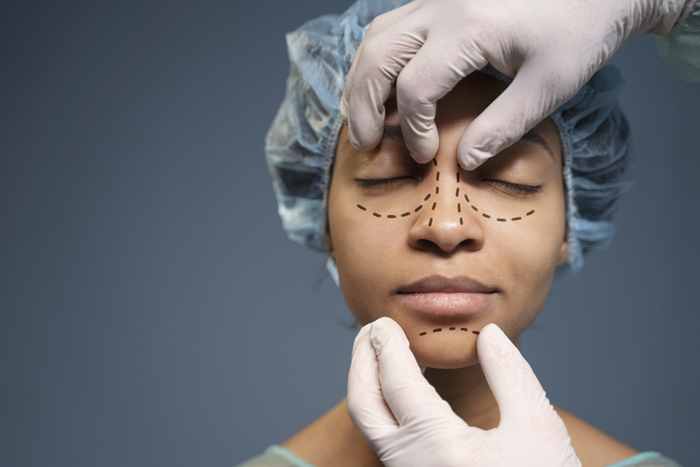Blepharoplasty, commonly referred to as eyelid surgery, is a surgical procedure designed to improve the appearance of the eyelids. It can be performed on the upper lids, lower lids, or both. Here’s some information about blepharoplasty
Download Our Brochure
Download




